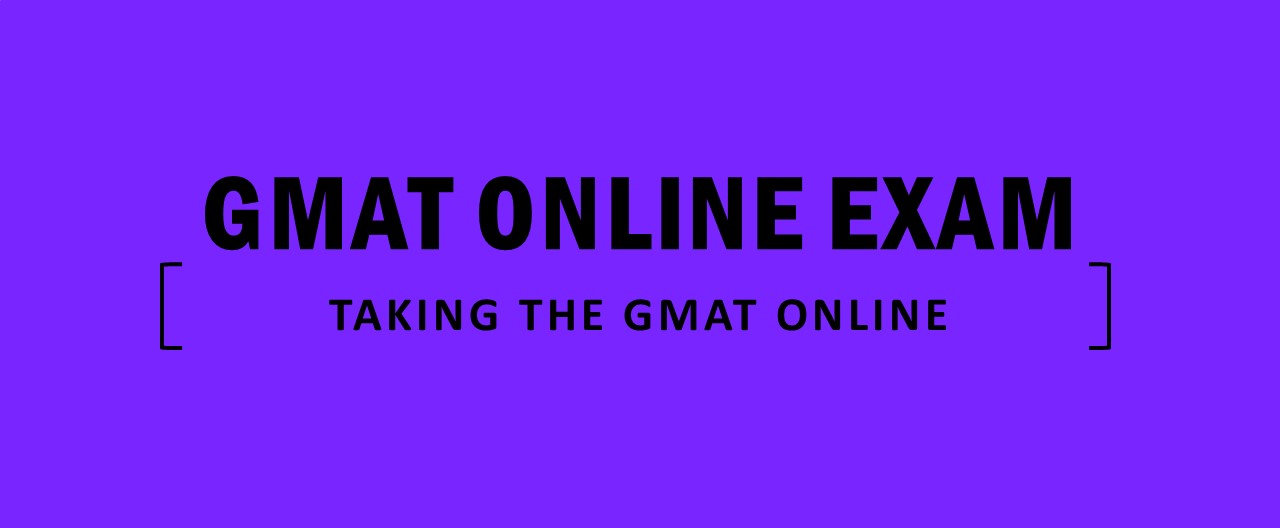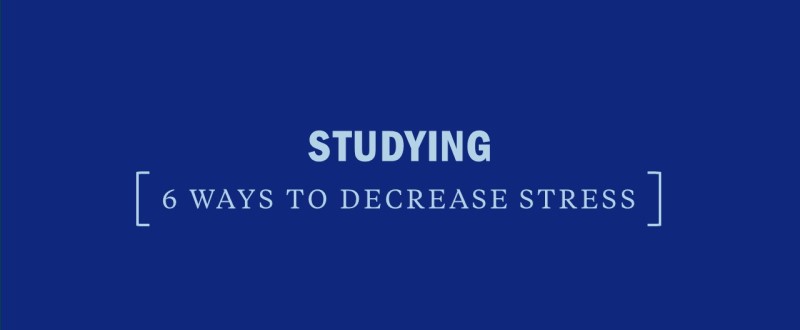GMAT Quantitative: Two Types of Mixture Problems
Mixture problems show up frequently on the Quantitative section of the GMAT and fall into two basic categories. As each type of mixture question will be approached in fairly different ways, it is important that you know the difference between them.
Proportions in mixture problems
First, there are mixture problems that ask you to alter the proportions of a single mixture. These questions could, for example, tell you that you have a 200 liter mixture that is 90% water and 10% bleach and ask how much water you would need to add to make it 5% bleach. The key in this type of question is the part of the mixture that is constant—in this case the bleach. While we are adding water, the amount of bleach stays the same.
First, determine how much bleach we have. Ten percent of 200 is 20 liters. Next, we know we want those 20 liters to equal 5% of our total. Since 20 is 5% of 400, our new total should be 400 liters. To go from 200 liters to 400 liters, you would need to add 200 liters of water, which would be the answer. Backsolving from the answer to the question is another way of approaching this type of GMAT Quantitative problem.
Combining different mixtures
The other type of mixture problem will ask you to combine two mixtures. For example, you could be told that mixture A is 20% bleach and 80% water, while mixture B is 5% bleach and 95% water. You could then be asked in what ratio these mixtures should be combined to achieve a mixture that is 10% bleach. You should solve problems such as this algebraically.
Both sides of your equation will represent the amount of bleach in the combined mixture. On one side you will represent the amount of bleach in terms of the individual mixtures. This will give you .2A + .05B. On the other side of the equation you will represent the amount of bleach overall, which is .1(A + B). Note that in these expressions A represents the total amount of mixture A and B represents the total amount of mixture B. Because these expressions both represent the total amount of bleach, we can set them equal to each other. This gives us .2A + .05B = .1(A + B). The ratio of A to B can be solved as follows:
.2A + .05B = .1(A + B)
.2A + .05B = .1A + .1B
.1A = .05B
A/B = .05 / .1
A/B = 1 / 2
Solving a sample mixture problem
Now try answering the following question below to see how you do with mixture problems on your own:
Two brands of detergent are to be combined. Detergent X contains 20 percent bleach and 80 percent soap, while Detergent Y contains 45 percent bleach and 55 percent soap. If the combined mixture is to be 35 percent bleach, what percent of the final mixture should be Detergent X?
- (A) 10%
- (B) 32.5%
- (C) 35%
- (D) 40%
- (E) 60%
Step 1: Analyze the question
This is a complex question, but there is a straightforward solution. We are creating a new mixture from two others, X and Y. X is 20% bleach, and Y is 45% bleach. The new mixture is to be 35% bleach. In other words, some amount of a 20% bleach mixture plus some amount of a 45% bleach mixture will balance each other out to a 35% bleach mixture.
Step 2: State the task
Because this involves finding a particular balance between Detergents X and Y, you can use the balance approach to solve. We could use algebra or backsolving, but balance is the most efficient. This will let us calculate the proportion of Detergent X in the final mixture.
Think of the final percentage of bleach, 35%, as where you want the mixture to balance out. Since Detergent X is only 20% bleach and you want to end up at 35% bleach, each unit of X is 35 – 20 = 15 less than the balance point. And since Detergent Y is 45% bleach, each unit of Y is 45 – 35 = 10 greater than the balance point. You don’t know the number of units of each detergent, so assign variables: x is the number of units of Detergent X, and y is the number of units of Detergent Y. To bring this mixture into balance, it must be true that 15x = 10y. Rearrange this to find the ratio of x to y:
This means there are 2 parts Detergent X for every 3 parts of Detergent Y. In other words, if there are 5 parts total of the mixture, 2 of these are Detergent X. To find the percentage of the total mixture that is Detergent X, find 2 out of 5 as a percent:
(D) is correct.



